DISPOSAL OF LIVE (UNDEPLOYED) SIR INFLATOR MODULES

Subject: DISPOSAL OF LIVE (UNDEPLOYED) SIR DRIVER SIDE INFLATOR MODULE
Models Affected: ALL VEHICLES EQUIPPED WITH DRIVER SIDE SUPPLEMENTAL INFLATABLE RESTRAINT
During the course of a vehicle's useful life, certain situations may arise which will necessitate the disposal of a live (undeployed) inflator module. This bulletin covers proper procedures for disposing of a live (undeployed) inflator module.
Before a live (undeployed) inflator module can be disposed of, it must be deployed. Live (undeployed) inflator modules must not be disposed of through normal refuse channels.
CAUTION:
Failure to follow proper Supplemental Inflatable Restraint (SIR) inflator module disposal procedures can result in air bag deployment which may cause personal injury. Undeployed inflator modules must not be disposed of through normal refuse channels. The undeployed inflator module contains substances that can cause severe illness or personal injury if the sealed container is damaged during disposal. Disposal in any manner inconsistent with proper procedures may be a violation of federal, state, and/or local laws.
If a vehicle is the subject of a Product Liability Report related to the SIR system and is subject to a Preliminary Investigation (GM-1241), DO NOT DEPLOY the inflator module and DO NOT ALTER the SIR system in any manner. Please see Pontiac Technical Bulletin 91-9-6 for handling. If a vehicle is the subject of a campaign affecting inflator modules, DO NOT DEPLOY the inflator module. Follow instructions in the campaign bulletin for proper disposition of the inflator module.
If an inflator module is replaced under warranty in the vehicles listed above, DO NOT DEPLOY the air bag. The inflator module should be returned undeployed to Inland Fisher Guide per Pontiac Bulletin 91-9-5. Always refer to Pontiac Bulletin number 91-9-5 when it is necessary to ship a live (undeployed) inflator module.
In situations which require deployment of a live (undeployed) inflator module, deployment may be accomplished inside or outside the vehicle. The method employed depends upon final disposition of the particular vehicle.
DEPLOYMENT INSIDE THE VEHICLE is proper when the vehicle is to be destroyed or salvaged for component parts. This includes, but is not limited to, the following situations:
1. Where the vehicle has completed its useful life.
2. Where the vehicle has been damaged beyond repair in a nondeployment-type accident.
3. Where the vehicle has been stripped or damaged beyond repair in a theft.
4. Where the vehicle will be salvaged for component parts to be used on a different Vehicle Identification Number as opposed to being rebuilt as the same Vehicle Identification Number. This is done to ensure SIR system integrity since only new SIR system components may be used in servicing a SIR equipped vehicle. Never use SIR components from another vehicle. Always replace SIR components with new components.
Procedures for deployment of a live (undeployed) inflator module within the vehicle are contained in Section 9J, "Supplemental Inflatable Restraint System Introduction", of the Service Information Manual.
DEPLOYMENT OUTSIDE THE VEHICLE is proper when the vehicle is to be returned to service. This includes, for example, situations in which the vehicle will be returned to useful service after a functionally or cosmetically defective inflator module is replaced. Deployment and disposal of a defective inflator module is, of course, subject to any required retention period.
For deployment of a live (undeployed) inflator module outside the vehicle, the deployment procedure in this bulletin must be followed. Always wear safety glasses during this deployment procedure until a deployed inflator module is scrapped or until an undeployed inflator module is shipped. Before performing the procedures in this bulletin you should be familiar with servicing the SIR system and with proper handling of the SIR inflator module. See CAUTIONS in Section 9J, "Supplemental Inflatable Restraint System Introduction", in the Service Information Manual. Read this entire bulletin prior to performing the procedure for deployment.
The following procedure requires use of essential tool J-38826 deployment harness and appropriate pigtail adapter. This tool will be available and distributed to dealers on or about July 24, 1991. Do not attempt procedure until tool is received.
CAUTION:
Failure to follow procedures in the order listed may result in personal injury. Never connect deployment harness to any power source before connecting deployment harness to the inflator module. Deployment harness shall remain shorted and not be connected to a power source until the air bag is to be deployed. The inflator module will immediately deploy the air bag when a power source is connected to it. Wear safety glasses throughout this entire deployment and disposal procedure.
1. Put on safety glasses.
2. Inspect universal deployment harness and appropriate pigtail adapter for damage. If harness or pigtail is damaged, discard and obtain a replacement.
3. Short the two universal deployment harness leads together by fully seating one banana plug into the other. Universal deployment harness shall remain shorted and not be connected to a power source until the air bag is to be deployed. Refer to Figure 1.
4. Connect the appropriate pigtail adapter to the universal deployment harness. Refer to Figure 1.
5. Remove inflator module from vehicle. See Section 3F4, "Supplemental Inflatable Restraint Steering Wheel and Column", in the Service Information Manual.
6. Remove horn lead(s) from the back of the inflator module, if applicable.
7. Remove all horn buttons and steering wheel control buttons, if applicable.
ACTION: When storing a live inflator module or when leaving a live inflator module unattended on a bench or other surface, always face the bag and trim cover up away from the surface. This is necessary so that a free space is provided to allow the air bag to expand in the unlikely event of accidental deployment. Failure to follow procedures may result in personal injury.
8. Place the inflator module on a work bench or other surface away from all loose or flammable objects and with its soft vinyl trim cover facing up, away from the surface. Refer to Figure 2.
9. Clear a space on the ground approximately six feet in diameter where the inflator module is to be deployed. A paved outdoor location where there is no activity is preferred. If an outdoor location is not available, a space on the shop floor where there is no activity and sufficient ventilation is recommended. Make certain that no loose or flammable objects are within the deployment area.
10. Place the inflator module with its soft vinyl trim cover facing up on the ground in the space just cleared. Refer to Figure 3.
11. Stretch the universal deployment harness and pigtail adapter from the inflator module to its full length. Refer to Figure 4.
12. Place a power source near the shorted end of the deployment harness. (Recommended application: 12 volts minimum, 2 amps minimum. A car battery is suggested.)
13. Connect the SIR inflator module to the pigtail adapter on the universal deployment harness. Refer to Figure 5.
NOTICE: Ensure that the pigtail adapter connector is fully seated into the inflator module connector. Failure to fully seat the connectors may leave the shorting bar located in the inflator module connector active and may result in non-deployment of the inflator module.
14. Verify that the area around the inflator module is clear of all people and loose or flammable objects.
15. Verify that the inflator module is resting with its soft vinyl trim cover facing up.
16. Notify all people in the immediate area of your intention to deploy the inflator module as the deployment will be accompanied by a substantial report which may startle the uninformed.
17. Separate the two banana plugs on the universal deployment harness that were shorted together in step 3. Refer to Figure 6.
NOTICE: When the air bag deploys, the rapid gas expansion will create a substantial report. Notify all people in the immediate area of your intention to deploy the inflator module.
NOTICE: When the air bag deploys, the inflator module may jump approximately one foot in height. This is a normal reaction of the inflator module to the force of the rapid gas expansion inside the air bag.
CAUTION:
Deployment harness shall remain shorted and not be connected to a power source until the air bag is to be deployed. The inflator module will immediately deploy the air bag when a power source is connected to it. Connecting the deployment harness to the power source should always be the last step prior to deployment in the inflator module deployment procedure. Failure to follow procedures in the order listed may result in personal injury.
18. Connect the universal deployment harness wires to the power source to immediately deploy the inflator module. Refer to Figure 7.
19. Disconnect the universal deployment harness from the power source.
20. Short the two universal deployment harness leads together by fully seating one banana plug into the other.
21. In the unlikely event that the inflator module did not deploy after following these procedures, proceed immediately with steps 26 through 30 below. If the inflator module did deploy, proceed with steps 22 through 25 below.
After the inflator module has been deployed, the surface of the air bag may contain a powdery residue. This powder consists primarily of corn starch (used to lubricate the bag as it inflates) and byproducts of the chemical reaction. Sodium hydroxide dust (similar to lye soap) is produced as a byproduct of the deployment reaction. The sodium hydroxide then quickly reacts with the atmospheric moisture and is converted to sodium carbonate and sodium bicarbonate (baking soda) . Therefore, it is unlikely that sodium hydroxide will be present after deployment. As a precaution, however, gloves and safety glasses are recommended to prevent any possible irritation of the skin or eyes.
CAUTION:
Safety precautions must be observed when handling a deployed inflator module. After deployment, the metal surfaces of the inflator module will be very hot. Allow the inflator module to cool before handling any metal portion of it. Do not place the hot deployed inflator module near any flammable objects. Failure to follow procedures may result in fire or personal injury.
After an inflator module has been deployed, the metal canister and surrounding areas of the inflator module will be very hot. Do not touch the metal areas of the inflator module for about 10 minutes after deployment. If the deployed inflator module must be moved before it is cool, wear gloves and handle by the air bag or vinyl trim. Refer to Figure 8.
22. Put on a pair of shop gloves to protect your hands from possible irritation and heat when handling the deployed inflator module.
23. Disconnect the pigtail adapter from the inflator module as soon after deployment as possible to avoid the possibility of damage to the pigtail adapter or universal deployment harness due to possible contact with the hot inflator module canister. The pigtail adapter and universal deployment harness are designed to be reused. They should, however, be inspected for damage after each deployment and replaced if necessary.
24. Dispose of the deployed inflator module through normal refuse channels after it has cooled for at least 10 minutes. See Section 9J, "Supplemental Inflatable Restraint System Introduction", in the Service Information Manual.
25. Wash your hands with mild soap and water afterward.
NOTICE: The remaining steps are to be followed in the unlikely event that the inflator module did not deploy after following these procedures.
26. Make certain that the universal deployment harness has been disconnected from the power source and that its two banana plugs have been shorted together by fully seating one banana plug into the other.
27. Disconnect the pigtail adapter from the inflator module.
CAUTION:
When storing a live inflator module or when leaving a live inflator module unattended on a bench or other surface, always face the bag and trim cover up away from the surface. This is necessary so that a free space is provided to allow the air bag to expand in the unlikely event of accidental deployment. Failure to follow procedures could result in personal injury.
28. Temporarily store the inflator module with its soft vinyl trim cover facing up, away from the surface on which it rests.
29. Wash your hands with mild soap and water afterward.
30. Call Inland Fisher Guide, General Motors Corporation at (513) 455-3819

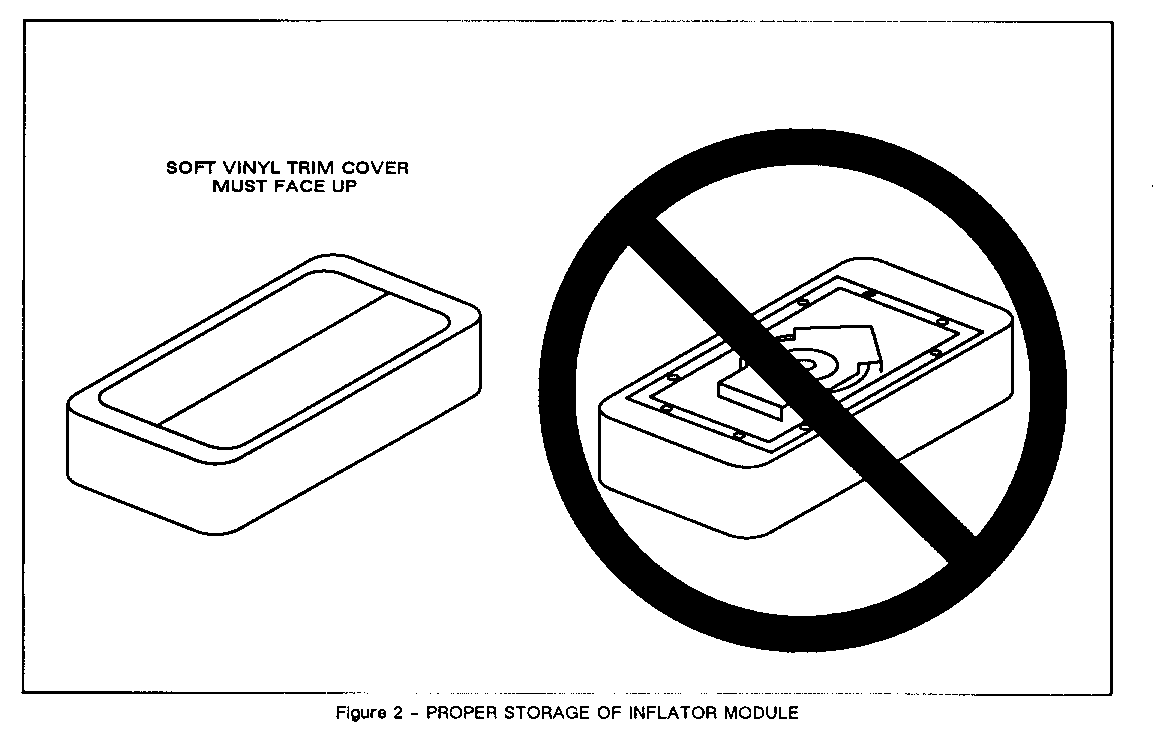
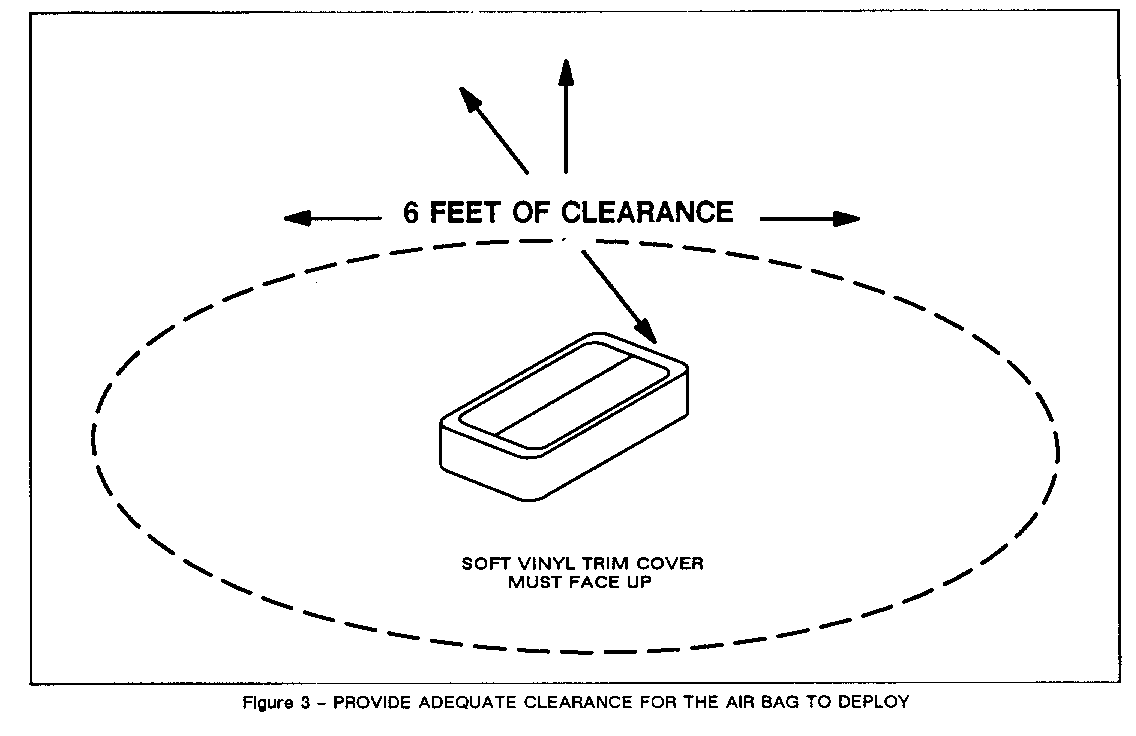

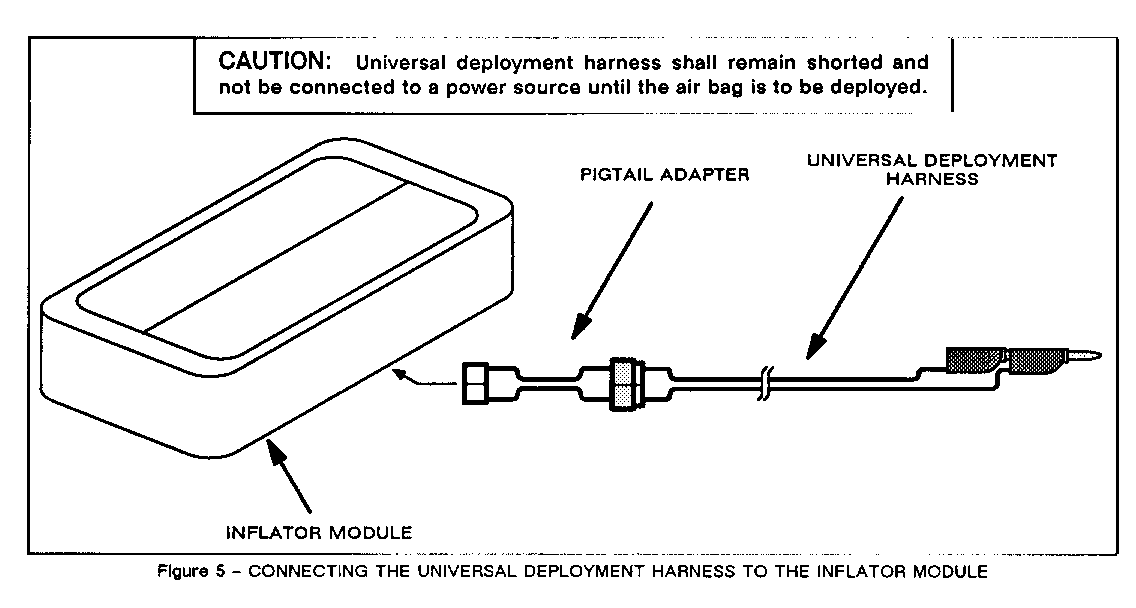
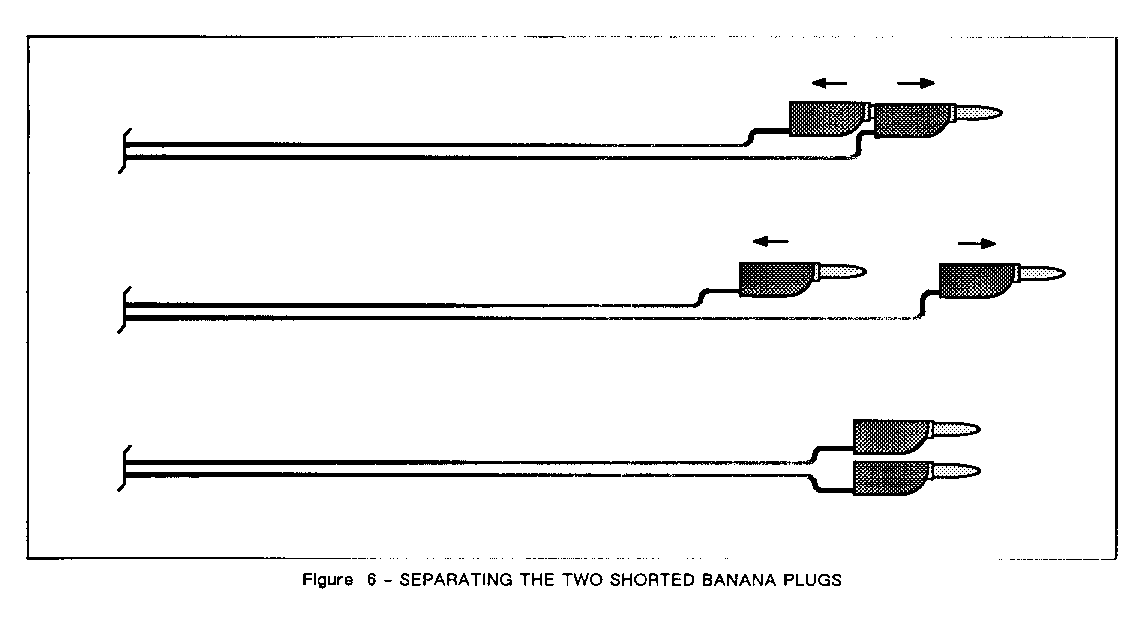
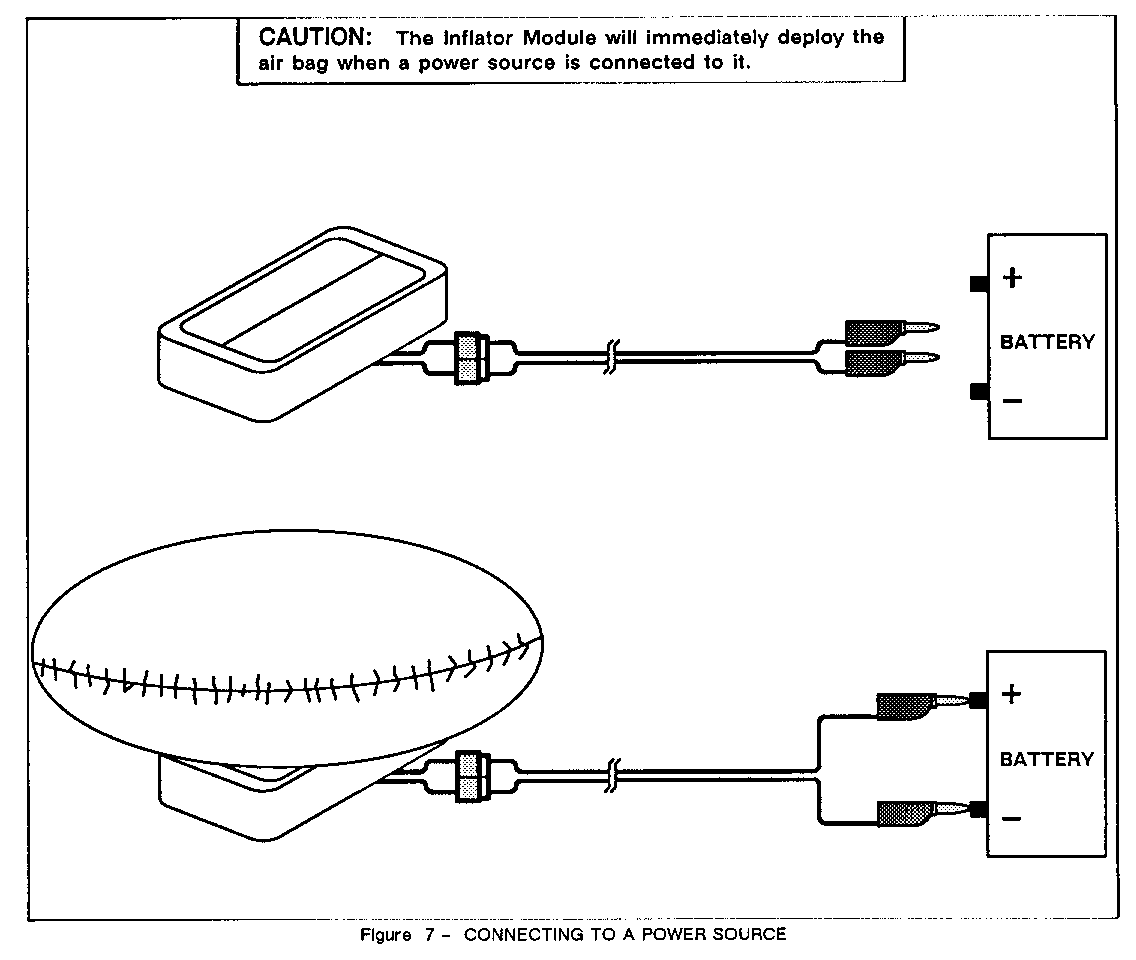
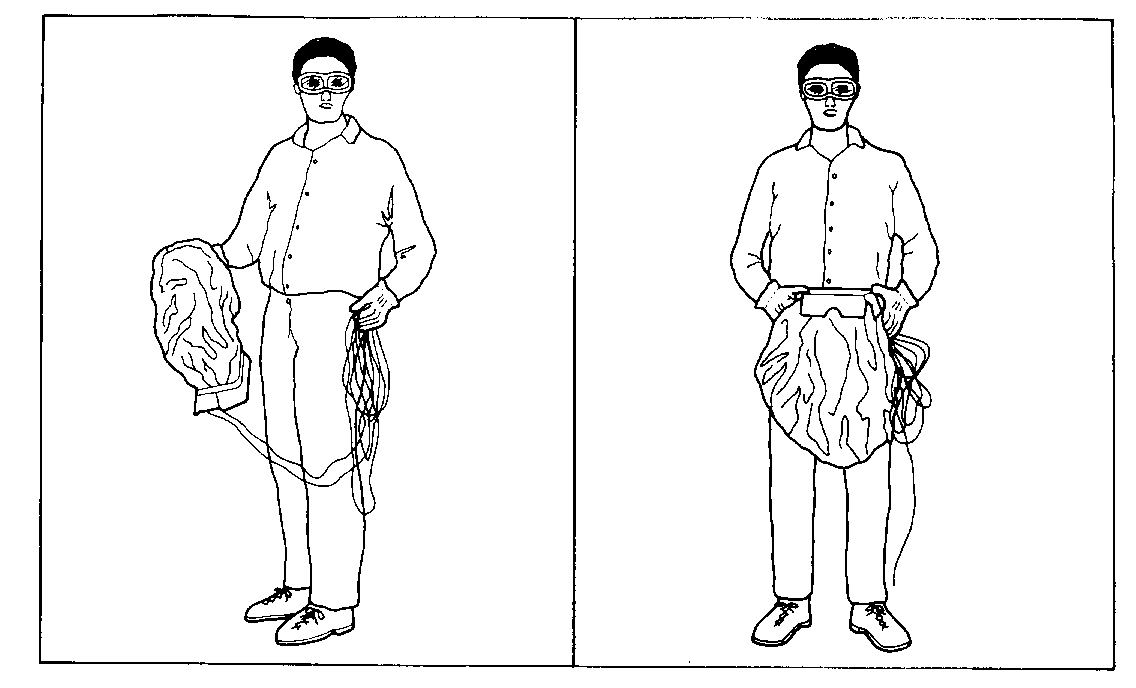
General Motors bulletins are intended for use by professional technicians, not a "do-it-yourselfer". They are written to inform those technicians of conditions that may occur on some vehicles, or to provide information that could assist in the proper service of a vehicle. Properly trained technicians have the equipment, tools, safety instructions and know-how to do a job properly and safely. If a condition is described, do not assume that the bulletin applies to your vehicle, or that your vehicle will have that condition. See a General Motors dealer servicing your brand of General Motors vehicle for information on whether your vehicle may benefit from the information.
